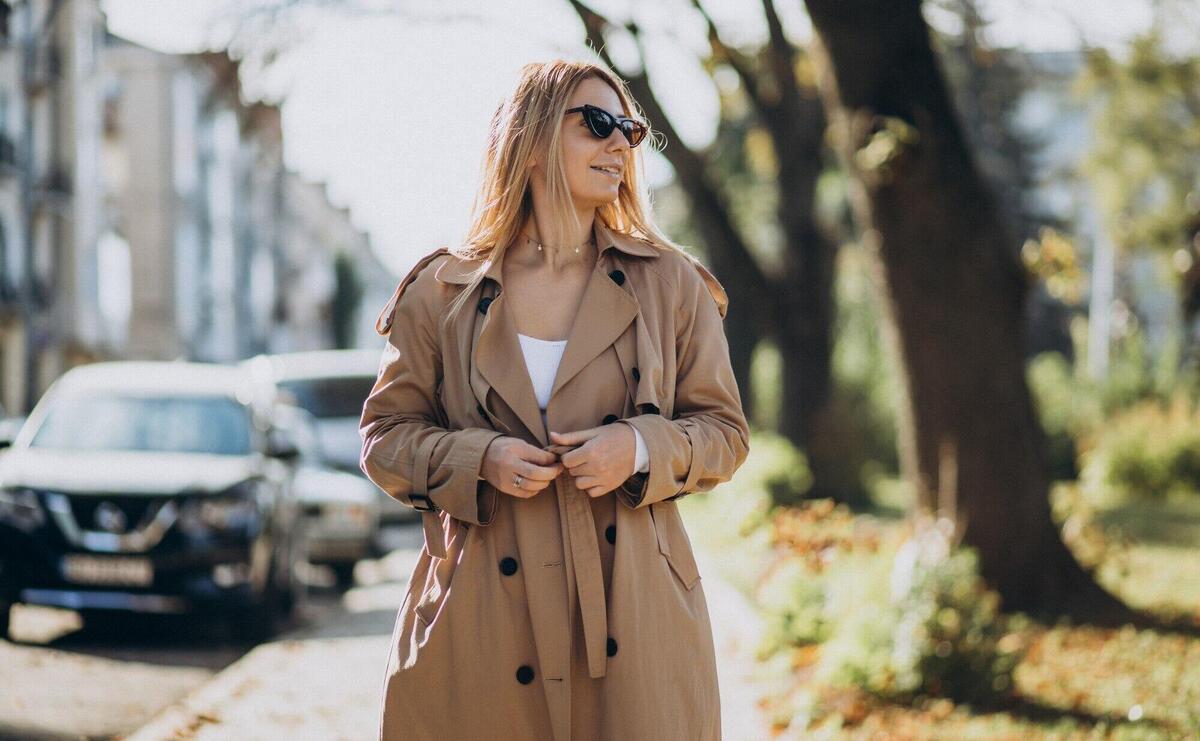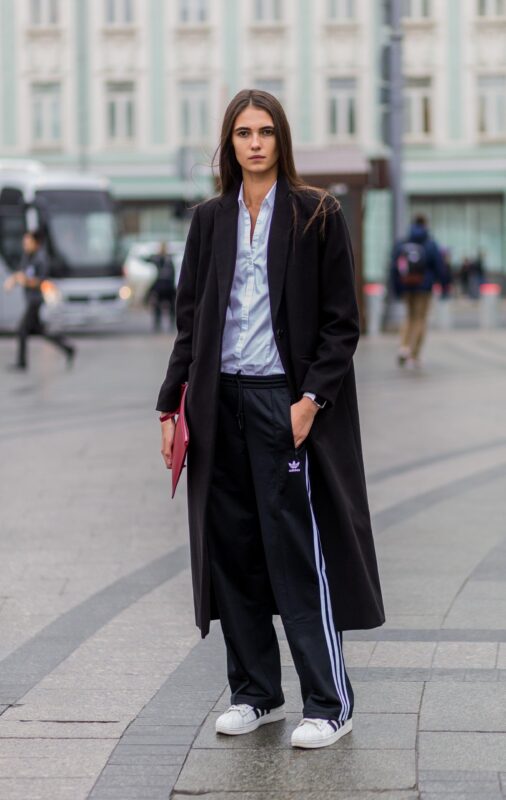In an era where mass production dominates the fashion landscape, Aclazo stands apart through our unwavering commitment to artisanal craftsmanship. Each garment that bears our name represents countless hours of skilled handwork and meticulous attention to detail that simply cannot be replicated by automated processes.
The Faces Behind Our Fashion
When you purchase an Aclazo piece, you’re not just buying clothing—you’re investing in the livelihood and legacy of master craftspeople whose skills have been honed over decades.
Meet Elisa, a third-generation pattern maker who has been with Aclazo since our founding in 2022. Her trained eye can spot a millimeter’s difference in a seam allowance—a tiny detail that makes the difference between a garment that fits beautifully and one that never quite sits right.
“What drew me to Aclazo was their respect for the craft,” Elisa explains. “In many fashion houses, pattern making has become almost entirely digital. While technology has its place, there’s an intuitive understanding of how fabric drapes on different body shapes that can only come from experience and handwork.”
Our production team spans four countries and includes artisans specializing in traditional techniques that were nearly lost to industrialization. From hand-rolled hems to hand-finished buttonholes, these details may seem small, but they contribute to both the beauty and longevity of each garment.
The Anatomy of Quality: A Comparative Look
To understand the Aclazo difference, let’s examine what sets our construction methods apart from typical fast fashion approaches:
Seam Construction
Fast Fashion Approach: Overlocked seams using minimal thread with high tension settings, prioritizing speed over durability. These seams often begin to unravel after just a few washes.
Aclazo Method: French seams on delicate fabrics and flat-felled seams on sturdier materials, encasing all raw edges to prevent fraying and create a clean finish both inside and out. Each seam undergoes a three-point quality check before proceeding to the next construction step.
Fabric Selection and Preparation
Fast Fashion Approach: Minimal pre-washing of fabrics, leading to unpredictable shrinkage after purchase. Fabrics chosen primarily for cost rather than performance or longevity.
Aclazo Method: All fabrics undergo extensive testing, including triple pre-washing to ensure dimensional stability. Our textile specialists select materials not just for their aesthetic appeal but for their performance over time. We track wear patterns through our customer feedback program, continuously refining our selections.
Button and Closure Application
Fast Fashion Approach: Machine-attached buttons with minimal stitching, often secured by only a few threads that quickly loosen with normal wear.
Aclazo Method: Hand-attached buttons using the traditional lockstitch method, reinforced with backing buttons on heavier fabrics. Each button is secured with enough thread to withstand years of use, and each thread is individually knotted rather than chain-stitched to prevent unraveling.
“I still have and wear an Aclazo blouse from their very first collection,” shares customer Diane M. “After three years of regular rotation in my wardrobe, not a single button has loosened or fallen off. That kind of quality is worth every penny.”
Our Quality Control Journey
At Aclazo, quality assurance isn’t a final checkpoint—it’s integrated into every step of the creation process. Here’s a glimpse into our comprehensive approach:
Stage 1: Material Assessment
Before a single cut is made, our materials undergo rigorous testing for colorfastness, tensile strength, and comfort factors. Only fabrics that meet our exacting standards enter our production floor.
Stage 2: Pattern Precision
Our patterns are developed through an intensive process that includes creating multiple prototypes fitted on diverse body types. We use both traditional paper patterns and modern digital techniques, combining the best of both worlds to achieve optimal fit across our inclusive size range.
Stage 3: Construction Checkpoints
Unlike the assembly-line approach common in fashion manufacturing, our artisans work in specialized teams with integrated quality control at each transition. After each construction phase, the garment is assessed before proceeding to the next step.
Stage 4: Wear Testing
Before any new design enters full production, it undergoes real-world wear testing for a minimum of three weeks. Our wear test participants report on comfort, functionality, and durability under various conditions.
Stage 5: Final Inspection
Each completed garment undergoes a comprehensive 32-point inspection under specialized lighting conditions that highlight any potential imperfections. Items that don’t meet our standards never reach our customers.
“What impressed me most during my visit to Aclazo’s workshop was watching an inspector reject a nearly finished silk blouse because the pattern alignment at the side seam was off by just a few millimeters,” notes fashion journalist Elena Santos. “That level of perfectionism is virtually unheard of in today’s fashion industry.”
The Tools of the Trade
The equipment used to create Aclazo garments reflects our blend of tradition and innovation:
Heritage Machinery: Many of our sewing operations are performed on fully restored vintage machines from the 1950s and 60s—equipment built before the era of planned obsolescence. These machines produce stitches of unmatched quality and precision.
Hand Tools: Our tailors use handcrafted shears, many of which have been passed down through generations. These tools develop a relationship with their user over time, becoming extensions of the artisan’s hands.
Cutting-Edge Technology: Where appropriate, we incorporate modern innovations, particularly in pattern development and fabric cutting, where precision can be enhanced through digital processes.
This balance of old and new allows us to honor traditional craftsmanship while embracing efficiencies that don’t compromise quality.
The Environmental Impact of Quality
Our commitment to craftsmanship isn’t just about creating beautiful clothing—it’s fundamentally connected to our environmental values. When garments are built to last, they stay out of landfills and reduce the overall resource consumption of the fashion industry.
The average Aclazo piece is designed to remain in active rotation for a minimum of five years—a stark contrast to fast fashion items typically discarded after just seven wears. This longevity translates to:
- Reduced textile waste
- Lower per-wear carbon footprint
- Decreased water consumption across the garment lifecycle
- Less chemical pollution from unnecessary new production
“Investing in one well-made Aclazo dress that lasts for years rather than cycling through multiple lower-quality options is perhaps one of the most environmentally responsible choices a consumer can make,” explains sustainability expert Dr. Mira Patel.
Experience the Aclazo Difference
We invite you to discover the visible and tangible difference that artisanal craftsmanship makes:
Visit our Atelier: During our monthly open studio days, meet the skilled hands behind your wardrobe and observe our construction techniques firsthand.
Explore Our Craftsmanship Guide: Our detailed online resource highlights the construction methods used in each Aclazo piece, empowering you to recognize quality indicators in all your fashion purchases.
Join a Workshop: Our quarterly skill-sharing sessions teach basic garment care and repair techniques to help extend the life of your entire wardrobe.
At Aclazo, we believe that true luxury lies not in fleeting trends or prominent logos, but in the quiet excellence of exceptional craftsmanship. When you choose our garments, you’re not just selecting clothing—you’re becoming part of a movement that values the human touch in an increasingly automated world.




